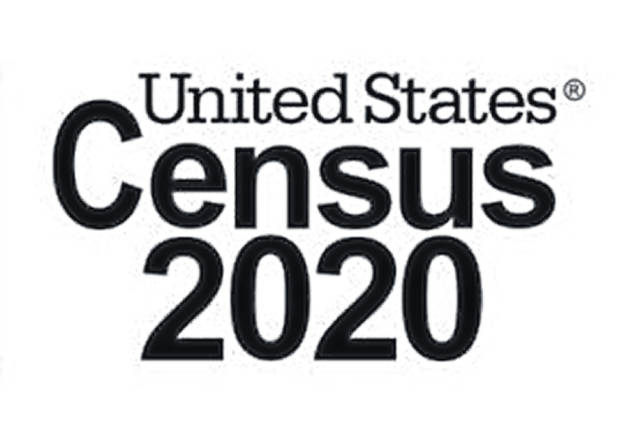
The 2020 U.S Census Bureau takers would like locals to know they will soon may be visited soon to check the accuracy of address information.
According to one of the census takers, Christopher Bowshier, the census takers do not need to enter any homes nor ask for names. They simply go door-to-door to be sure they have the right information to mail the census paperwork to later on.
Bowshier said that identifying information does not need to be collected. What they need to know is if the address on file is correct and if there are any other housing units on the property, such as an apartment above the garage or in the basement.
This information lets them know how many sets of paperwork to send to which addresses, as well as to make sure the addresses on file are correct for that location.
Bowshier explained this helps with situations like one that exists on a street corner in New Martinsburg. The corner he referred to has houses belonging to a Greenfield address, a Washington C.H. address, and a Sabina address.
The information can also be useful in case of fires or when houses are torn down and there are no longer any people living on the property, explained Bowshier.
Cooperating with the census takers is important to achieve an accurate account. Certain decisions such as how much funding an area is able to be given depends on the number of people living in that area.
Nationally
With just a few months left before America starts taking its biggest-ever self-portrait, the U.S. Census Bureau is grappling with a host of concerns about the head count, including how to ensure that it is secure and accurate and the challenge of getting most people to answer questions online.
All of that is on top of the main attention-grabber of the 2020 census so far — a citizenship question that was nixed by the Supreme Court, dropped by the Trump administration, resuscitated briefly and then abandoned again.
Beginning early next year, residents from Barrow, Alaska, to Key West, Florida, will be quizzed on their sex, age, race, the type of home they have and how they are related to everyone living with them.
At stake is the balance of political power in a deeply divided country, billions of dollars a year in federal funding and population data that will shape business decisions nationwide for years to come.
Costing as much as $15.6 billion, the once-a-decade census not only captures the United States at a given moment — in this case April 1, 2020, officially. But it is perhaps the only thing every U.S. household is legally required to participate in regardless of who lives there.
Counting some 330 million heads is the largest peacetime operation the federal government undertakes. The Census Bureau hires a half million workers, opens around 250 offices and mails out a multitude of forms in English and 12 other languages to more than 130 million households.
For the first time, the Census Bureau is relying in 2020 on most respondents answering questions via computer, tablet or smartphone. Respondents can also call a phone number to give their answers. Those who don’t respond will receive paper questionnaires in the mail.
If all those methods fail, the bureau will send out “enumerators” to knock on doors.
The agency intends to spread the word about its “internet first” approach. Census officials envision clergy asking churchgoers to take out their cellphones to answer questions before services and announcers nudging fans at baseball games.
Leaders of some minority groups worry that the reliance on the internet risks undercounting people less likely to be online: low-income households, immigrants and elderly and rural residents. Other historically undercounted groups include Native Americans, renters and people whose primary language isn’t English. Owners of multiple homes are among the most likely to be double-counted.
Some experts say the online approach should have been tested more. The only end-to-end test was done in Providence, Rhode Island, last year after two other tests were scaled back to save money. The rate of people responding on their own was higher than expected at 52.3 percent, but the bureau is aiming for 60.5 percent in 2020.
Cybersecurity worries also persist. The Government Accountability Office added the census to its “high risk” list of federal programs two years ago. As recently as this past spring, the watchdog agency said a squeezed testing schedule increased the risk that systems would fail.
A lot is at stake for ordinary Americans — right down to the last house on the last block in every city and hamlet. Virtually every aspect of American life could be affected.
Reach Jennifer Woods at 740-313-0355. The Associated Press contributed to this article.


